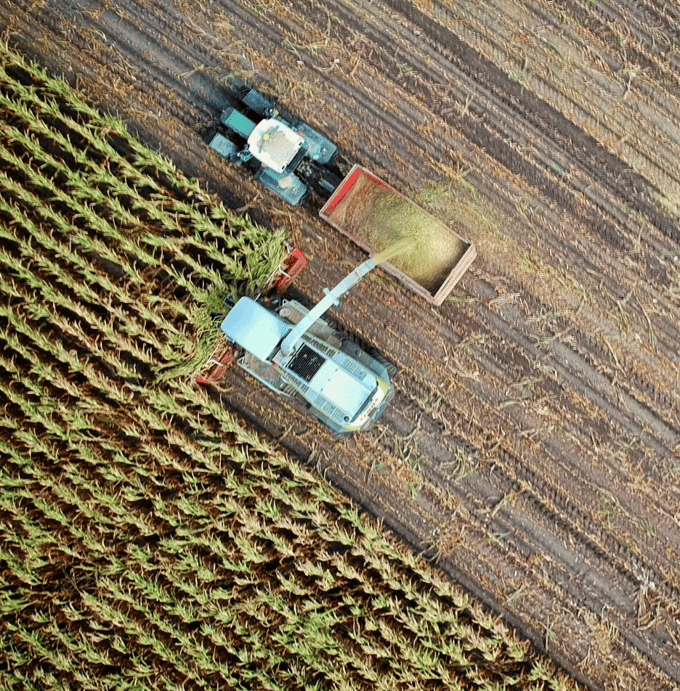
Agricultural commodities feed and increasingly power the world. Corn is the primary ingredient in U.S. ethanol production, while soybeans are the input for biodiesel processing. In Brazil, the world’s leading sugar producer and exporter, refiners process sugarcane into ethanol.
The USDA released its January World Agricultural Supply and Demand Estimates Report on January 12. While the report, the gold standard for agricultural commodity supply and demand fundamentals, was bullish on supplies, it was primarily bearish on prices for the leading grain and other agricultural markets.
Meanwhile, the January WASDE report was more than a leap of faith as the weather conditions across the fertile soil worldwide will determine the path of least resistance of prices over the coming months. Droughts or floods can devastate crops, causing significant price volatility.
After reaching a record high in 2022, CBOT wheat futures have plunged. Corn and soybean futures came within pennies of the 2012 all-time highs in 2022 but have corrected significantly lower.
The current price levels and overall bearish sentiment could set the stage for a substantial rally in 2024 if Mother Nature’s weather throws the market an unexpected weather-related curve ball. The current price levels could create a compelling case for higher agricultural commodity prices over the coming months, as downside risks could be limited with an explosive upside potential.
Population growth is bullish for agricultural commodity prices
- The global population eclipsed eight billion in 2023
- More mouths to feed and lives to power translates to increasing demand.
- Suppliers must keep pace with the growing demand each year to avoid shortages.
Geopolitical factors could distort prices in 2024
- Wars and conflicts impede the flow of commodities from producers to consumers.
- The war in Ukraine is in Europe’s breadbasket as Russia and Ukraine are leading grain-producing countries.
- The Black Sea ports are a crucial logistical hub for transporting grains and agricultural products from Europe’s breadbasket.
Production costs have increased
- Inflation over the past years has increased output costs.
- Fertilizers, a critical input, have experienced price increases and shortages as Russia is a leading supplier.
- Employment costs and energy expenses have risen.
Specific ETFs that provide exposure to the leading grains and oilseeds
- The Teucrium family of agricultural funds offers ETFs in corn (CORN), soybeans (SOYB), wheat (WEAT), and sugar (CANE).
- DBA is an agricultural ETF product with exposure to a portfolio of products.
- MOO is a diversified pick-and-shovel agribusiness ETF.
Companies that tend to rise and fall with agricultural commodity prices
- ADM and BG are diversified agricultural processing companies.
- DE makes heavy farm equipment and machinery.
- NTR is a leading integrated provider of crop inputs and services.
Thanks for reading, and stay tuned for the next edition of the Tradier Rundown!
